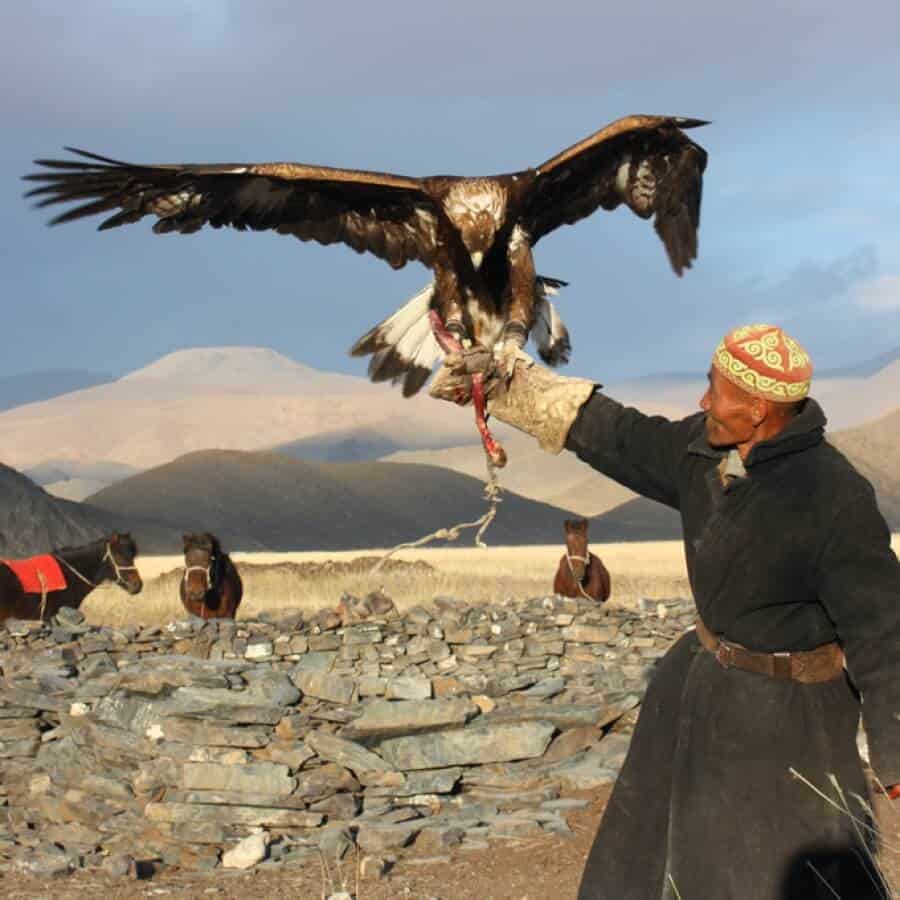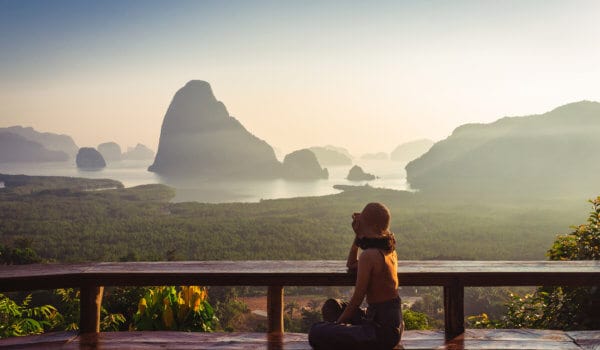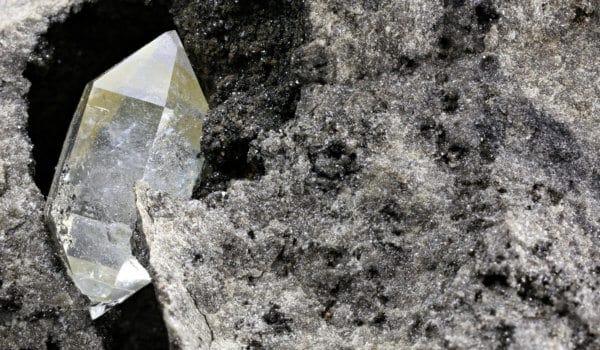Now it’s time for a real adventure. We are heading to an unfairly underestimated country in the middle of Asia – Mongolia. Mongolia is a landlocked country of vast steppes, blue skies, mountains, hawks, horses, historical heroes, and yoghurt. Probably the most famous thing about Mongolia is its great hero and warrior king, Genghis Khan, who managed to conquer almost the whole world and created an empire that briefly stretched from the Korean Peninsula to the Black Sea. The country is large but sparsely inhabited, with only 3mln people. It is still a developing country with one, fast-growing city and large areas where nature remains pristine and inhabitants are scarce. Because of sparse air connections and a not-very-developed infrastructure, Mongolia is hard to get to but is definitely worth visiting, as you will see when you read about it.
How to get there? Probably the best option for reaching Mongolia by air is to fly to its capital, Ulaanbaatar. Only a few cities with international airports have direct flights to Ulaanbatar, including Moscow, Seoul, Berlin, Tokyo, Beijing, Hong Kong, and Frankfurt. Most travelers will have to make connections through one of these airports.
What to see?
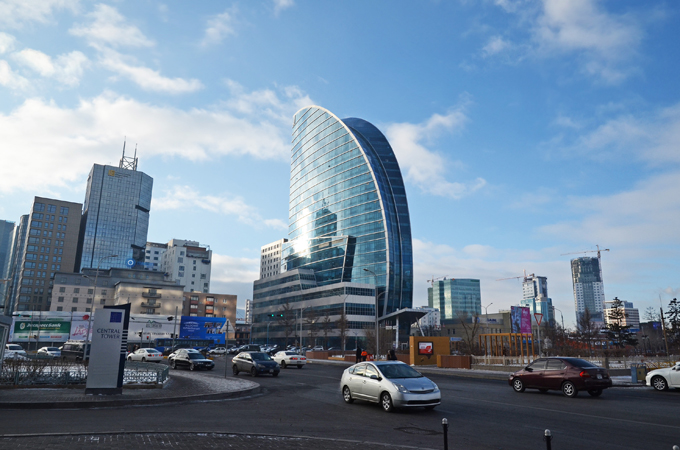
Ulaanbaatar
Ulaanbaatar: This is Mongolia’s capital city and its largest city, and the most urbanized place in the country. Half of Mongolia’s population is situated in Ulaanbaatar. The city is an interesting combination of communist architecture and modern streets, malls, and commercial buildings. In Ulaanbaatar you will see a lot of soviet-style concrete boxes that serve both as residential buildings and as headquarters for various institutions or organizations. You will also see a lot of new, modern, high-rise buildings that went up in the last 5-15 years when foreign investment started to pour in and local businesses began to expand. There are few modern avenues and shopping and pedestrian areas, and they are mostly crowded with younger people. There are good coffee shops and bars, and the price of clothing is so reasonable that you can relax while shopping. Traffic in Ulaanbaatar exhibits a big contrast of the undeveloped past with the economically stable present and the hope for better future. Old, faded cars are ubiquitous, and they share the roads with old and new buses, bicycles, and a scattering of expensive new cars. Traffic is a bit crazy and chaotic, so you must take care, especially if you are a pedestrian. Despite strict laws, many people still drive carelessly if policemen are not watching.
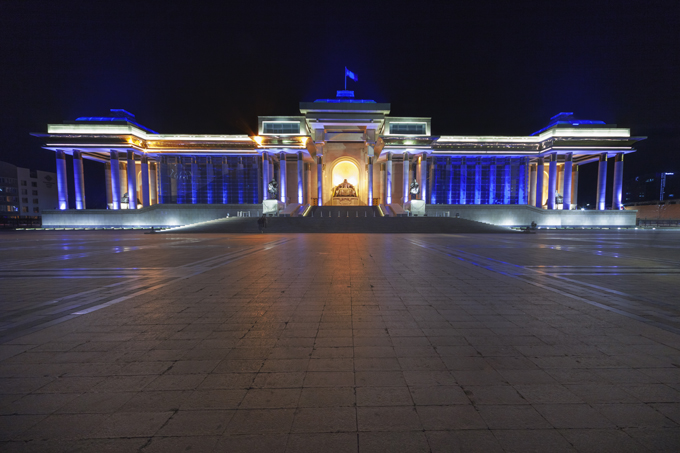
Genghis Khan Square
The most important sight in the Mongolian capital is Genghis Khan Square, which is located in the city center and is one of the largest squares in Asia. There are two large statues of two of the most important Mongolian heroes. One of them is of course Genghis Khan, who lived in the 12th and 13th centuries and was famous for uniting the Mongolian tribes and starting a campaign to conquer the world. The large Mongol Empire fell apart quickly, but it exercised a large influence on other countries by breaking up four powerful states. Many people take pictures here of one of the most famous conqueror in world history. There is also a statue of another Mongolian hero, Damdin Sukhbaatar, who founded the Mongol People’s Party in 1921 and fought for Mongolian sovereignty over a large territory between Russia and China. Later, his party established the Mongolian People’s Republic, which existed until 1990. On the square there is also an interesting parliament building that shines at night in blue and yellow colors.
Another interesting sight in Ulaanbaatar is the Fine Arts Museum. Here you can find items that date from as far back as the Stone Age. Also there are many Buddhist sculptures and paintings. Particularly notable are the works of Zanabazar, a famous Mongolian painter and sculptor who lived in the 17th and 18th centuries. His most famous works include “White Tara”, “Bodhi Stupas”, and “Diyani Buddhas”. The entrance fee is 1.9eur. Another important historical complex is the Bogd Khan Palace Museum, in a beautiful palace built in 1893 in the Chinese style. There resided Bogd Khan, the ruler who declared Mongolia’s independence from China, in 1911. There are five shrines within the complex and many statues, and there are the spacious apartments of Bogd Khan and his reception hall. You can see his throne, bed, and other possessions such as robes and decorations that he wore during ceremonies. Also there are the jeweled regalia that his pet elephant wore. There is also a pair of boots worn by Nicholas II, the last Russian Emperor, during his visit to Bogd Khan. The entrance fee is only 3 eur.
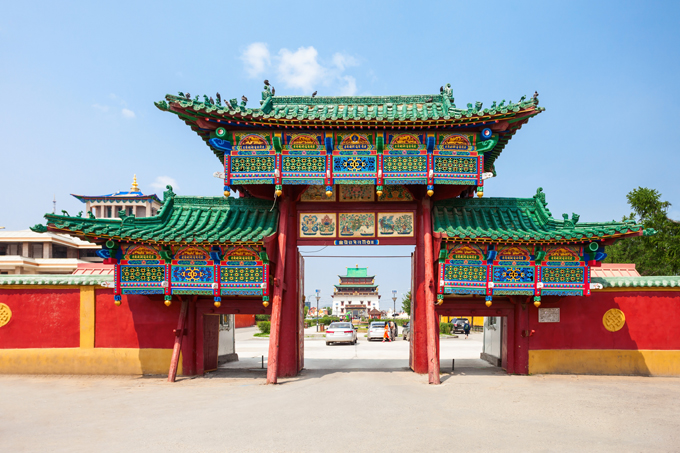
Gandan Monastery
Gandan Monastery is another place that you must visit in Ulaanbaatar. It is the largest monastery in the capital, and it dates from the 18th century. Gandan belongs to the Tibetan School of Buddhism, which is one of the most respected religions in Mongolia. The Monastery is always crowded, so it is best to visit early in the morning and watch the monks perform chants and other rituals. There are many Buddhist statues and frescoes in the Monastery’s Tibetan-style halls. The most famous statue is a Tibetan version of Avalokitesvara, the important Buddhist deity of compassion. The statue is 26m tall.
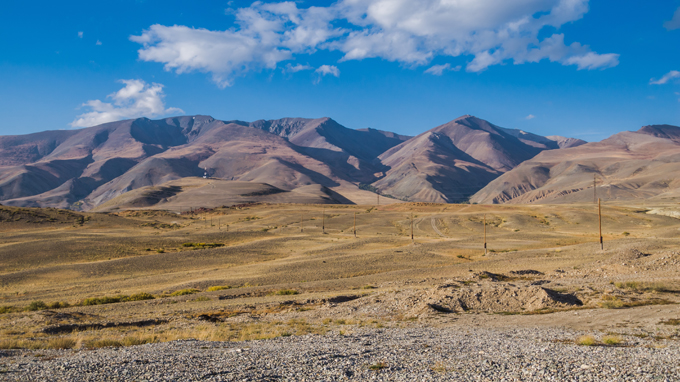
Mountains of Mongolia
The Mongolian Countryside: Open country stretches to the horizon almost everywhere outside the capital city since most of Mongolia’s territory is a never-ending grassland. Mongolia is uniquely one of best-preserved natural sites in the world where a traditional lifestyle prevails. Since the county isn’t very well connected to the outside world because of poor infrastructure, it is best to rely on a hotel receptionist to arrange a tour of the countryside. Mongolia’s most beautiful valleys are located along the Orkhon River. Traditional ethno villages lie within a two hour drive of Ulaanbaatar, and a two day tour may cost only 60eur. Most of the roads are unpaved. A typical Mongolian village is composed only of few yurts perched on the grass. Yurts are traditional tents composed of wooden beams and felt layers (a type of textile). They are simple, since most of the peasants still live as nomads. Mongolia is one of last countries that has authentic nomads who have lived thousands of years in the same way. A typical village has only 50-60 residents who move on horseback every few months to new locations and take their yurts with them. Stand for a moment and enjoy taking a deep breath of fresh air and looking around. Wherever you look, you will see never-ending grasslands, and above you a pure, azure sky.
The Mongolians move about on horseback, which is the only traditional means of travel in the country. In distance it seems that green grassland and blue sky touch each other. You will see countless pasturelands, most of them empty, some of them with a few yurts, sheep, and horses. Imagine that the next settlement is hundreds of kilometers away. You will see people wearing colorful traditional clothes. People are very friendly here, and they will offer you souvenirs or a horse ride. Ride a horse for several kilometers around and imagine yourself being in a time long past, and feel like a real nomad. While riding, you can see animals such as yaks, foxes, vultures, hawks, eagles, deer, and snow leopards. Snow leopards do not attack humans as they are only a bit bigger than wild cats, but don’t come too close since they can be frightened and can become aggressive. Horses are the most valuable animals in Mongolia since they are a means of transport, a source of milk, a source of meat, and a participant in games. It is possible to see horse races and polo games.
Mongolian wrestling is also performed in the countryside, reminding visitors of Japanese sumo. If you are brave enough, you can ask wrestlers to join them in one of the rounds and try your luck. You can also take part in falcon hunting, which is the traditional way of hunting in Mongolia. People travel the grasslands with trained falcons and let them catch animals, and after they catch animals they bring them back to you.
Food, Food, and Food: Mongol cuisine is very hearty, meat-based, with a lot of fats, dairy products, and few vegetables. There are a lot of good, inexpensive restaurants in Ulaanbaatar. You can start your meal with noodle soup and steamed dumplings filled with meat and vegetables. Lamb skewers are widely eaten. Also stewed lamb with various vegetables is a good option. For only 4eur you can get a large portion that will be hard for you to finish. After a meal you can try salted tea with condensed milk.
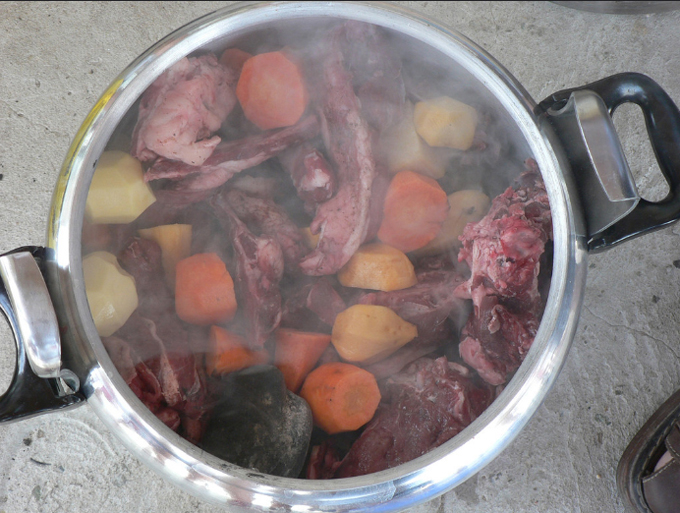
Preparation of meat called khorkhog/ photo by Le Hub,Flickr
When you find yourself in a village, lunch may be arranged by your tour company, and the villagers may make you special rural dishes as part of the tour. Rural cuisine is very simple and even fattier than the cooking in Ulaanbaatar. Lamb cooked over a fire is commonly eaten, often without any seasoning or accompanying vegetables. Pieces of lamb, horse, and marmot meat can be grilled on heated stones and eaten with vegetables. This style of preparation is called khorkhog. Kumis is the most common beverage in the villages. Kumis is fermented yoghurt made from horse milk. It is traditionally made in a simple manner – milk is taken from a horse and put in a metal container and left in the hot sun until it ferments. It is so sour, dense, and heavy that you shouldn’t get carried away and drink too much of it.
Nightlife: You must experience nightlife in Ulaanbaatar and also in the countryside, since comparing the two is comparing the Mongolia of the 15th century with the 21st. In Ulaanbaatar, nightlife is very vibrant, and there are many options. There are many pubs and clubs in the city center that are frequently visited by young people. Pubs and clubs are very modern, beautifully designed, and stay open until late in the night. Most Mongolian young people are communicative and speak good English and Russian, so it won’t be a problem to socialize with them. You can try excellent draught beer for only about 1.7eur. Also there is a popular beverage – Genghis vodka – which got its name from Genghis Khan. In the countryside the story is different – there is no electricity, and people gather around the fire to talk, watch shamanic rituals, and sing. Everything beyond the towns is dark except for thousands of stars and the moon. The villages still have shamans who are dressed in colorful clothes and pray to the spirits of fire, stone, and air with special chants. Be silent during shamanic ceremonies and do not interrupt or offend people. People also sing humi, a special traditional form of throat singing. It is very mysterious, unusual, and a bit scary. In the villages it may be harder to talk to people since most of them are illiterate, so it is best to ask the tour guide to mediate between you and the villagers. Here you can try special fermented milk with alcohol which is very strong – around 50-60%. You can ask about their traditions, beliefs, and ancient legends. Don’t take too many pictures of the nomads since they may find it to be insulting.
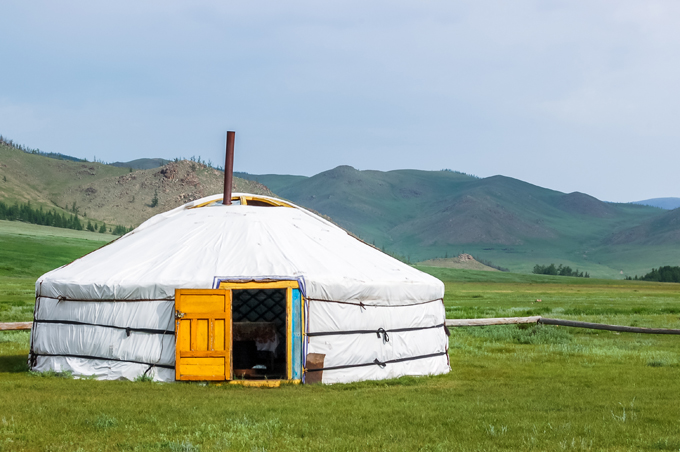
Traditional Yurt
Accommodation: There are a lot of budget hotels in Ulaanbaatar that are clean and reliable. A room with a double bed usually costs 25eur per night. In the countryside, a night in a yurt may cost 15eur.
Photos: Shutterstock, Le Hub_Flickr
Support us!
All your donations will be used to pay the magazine’s journalists and to support the ongoing costs of maintaining the site.
Share this post
Interested in co-operating with us?
We are open to co-operation from writers and businesses alike. You can reach us on our email at [email protected]/[email protected] and we will get back to you as quick as we can.
